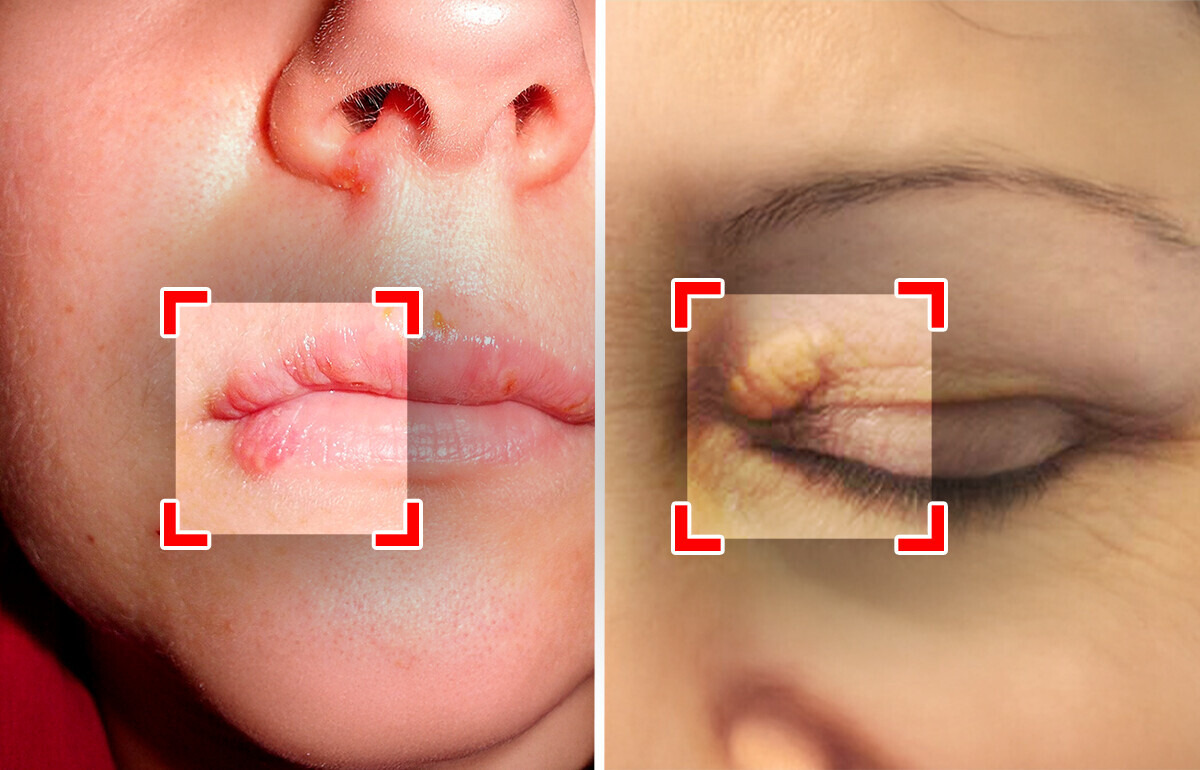11 Hidden Truths of Classic Hollywood That Reveal the Real Cost of Stardom


Your face isn’t just about appearance — it can act as a window into your overall health. Shifts in your skin tone, changes in your eyes, or even subtle differences in facial features may signal hidden health concerns. Learning to recognize these early signs can make a big difference, allowing for quicker diagnosis and effective treatment.
The content provided is for informational purposes only and is not intended to be a substitute for professional medical advice, diagnosis, or treatment. Always seek the advice of your physician or other qualified healthcare provider with any questions you may have regarding a medical condition.
Angular cheilitis is when the skin at the corners of your mouth becomes inflamed, cracked, or sore. It’s often a sign of another problem, like an infection or a vitamin deficiency. The condition is common in older adults and can occur due to factors such as aging, wearing dentures, or certain mouth conditions.
If you notice these symptoms, it’s important to consult a healthcare provider to address potential underlying causes like vitamin deficiencies (especially B vitamins), iron, or zinc, which can make the condition worse.
It’s important to take steps to maintain a balanced diet and address any underlying health issues, as this can reduce the risk of developing angular cheilitis. If the condition persists, it’s best to seek medical advice for appropriate treatment and to check for any vitamin or mineral deficiencies.
Milia are tiny, white or yellowish bumps that appear on the skin, often around the eyes, cheeks, and sometimes on the forehead or other areas. They are made of keratin, a protein in your skin, and form when this protein gets trapped under the skin.
Although they can look like acne or pimples, they are not the same. Milia can appear after skin trauma or the use of steroid creams, but the exact cause is not always known.
Milia are usually harmless and may disappear by themselves, especially in babies. If they don’t go away or if they’re near the eyes, a doctor might need to remove them carefully. If there are many bumps, your doctor may check for other possible conditions.
Diagnosing milia is simple, and doctors usually do this by looking at your skin. If needed, they may refer you to a skin specialist. It’s important to visit a doctor if you’re concerned or if the milia don’t go away on their own.
Xanthelasma is a usually harmless, yellowish bump or growth that shows up on or near the corners of your eyelids, close to your nose. It happens when cholesterol builds up under the skin.
While xanthelasma isn’t dangerous on its own, it can sometimes be linked to other health problems like diabetes, high cholesterol, or thyroid issues. Having xanthelasma could also mean you’re more likely to have heart problems or high cholesterol in the future, even if your levels seem normal now.
About half of the people with xanthelasma have high cholesterol, usually because of inherited conditions or liver problems. You can lower your risk of xanthelasma by managing your cholesterol, treating diabetes and high blood pressure, stopping smoking, and keeping a healthy weight.
While xanthelasma isn’t harmful on its own, it can be a sign of other health issues. It’s important to follow your doctor’s advice to keep your heart and cholesterol in check. With the right treatment, xanthelasma can be managed. If it worries you, be sure to consult with your doctor.
Blepharitis — an inflammation of the eyelids, particularly along the edges — can develop for many reasons. Some causes are linked to conditions usually associated with other areas of the body, such as scalp dandruff or acne rosacea. Other possible triggers include infections, allergies, dry eyes, clogged or poorly functioning oil glands in the eyelids, and even eyelash mites or lice.
If your blepharitis symptoms don’t improve with proper hygiene — like regular cleaning and care of the affected area — it’s important to schedule an appointment with your doctor.
Before you go, be sure to check out another article, where we break down the subtle ways your body may be signaling that something’s wrong.











